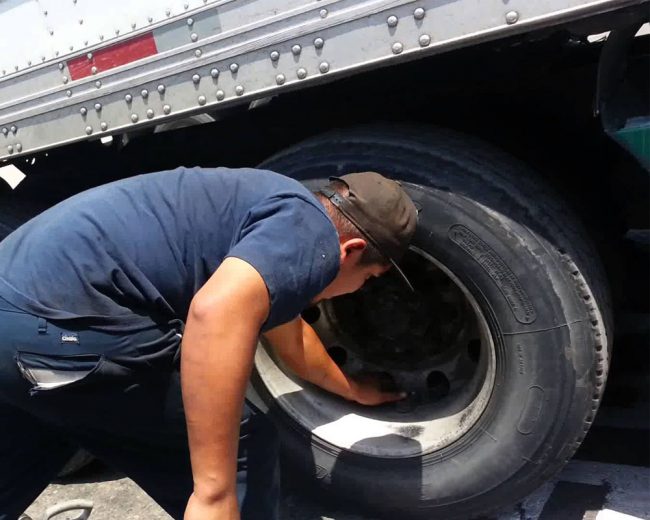If you’ve ever lifted a tire, you may have noticed that tires are quite heavy. So, how much do tires weigh? This article has the answers.
A tire’s weight is dependent on its size and type. Smaller, passenger car tires weigh approximately 20 to 22 pounds while larger truck tires weigh around 30 to 80 pounds. However, the materials used, quality of the tire and application will also determine the weight.
In this article, we will take a closer look at the different factors that affect a tire’s weight. We will also walk you through the average weight of the different tires on the market. By the time you finish reading this article, you will have an answer as to how much tires weigh.
We are committed to publishing well-researched, informative, up-to-date and relevant articles. And this is made possible by our team of content creators, comprising certified tire specialists, seasoned researchers, and experienced journalists.
So, whenever you are reading a tire article or review on our site, you can rest assured the information is credible.
The average weight of a tire will depend on various factors. It will depend on the materials used, the type, quality and size, since different vehicles use different tire types and variations.
A standard tire features different components like the tire casing, the belt system, and the tread. While most of the materials used in these components are standard across the industry, there are some slight variations, depending on the type and application of the tire.
For example, an all-terrain tire or mud-terrain tire will come with chunkier tread blocks, compared with an all-season tire. Hence, while the two tires may be of the same size, the mud-terrain tire will be heavier than the all-season tire.
At the same time, a premium, high-quality tire may come with more rubber layers, compared to a budget tire.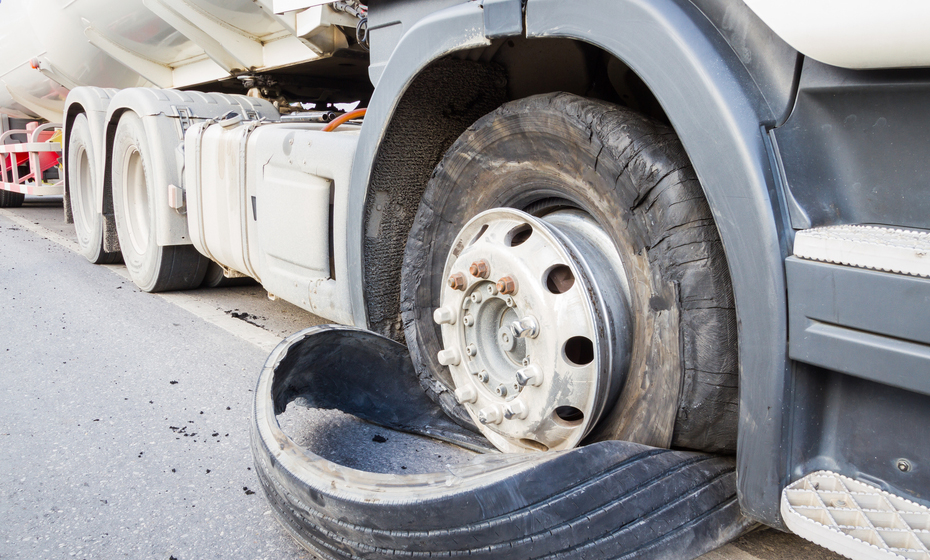 Similarly, you can expect the premium tire to weigh more than the budget tire, as much as they may be of the same size or type.
Similarly, you can expect the premium tire to weigh more than the budget tire, as much as they may be of the same size or type.
As noted above, a tire’s weight will also depend on the type. Let’s take a closer look at the different types of tires on the market as well as how much they weigh.
There are hundreds of different models of passenger cars on the market today. And these different cars come with varying wheel sizes. On average, wheel sizes in this category range between 13 inches and 20 inches.
And as mentioned above, one of the factors, size is one of the factors that determine a tire's weight. On average, most of the tires in this category weigh between 14 pounds to 22 pounds.
As you may expect, the smaller the tire, the smaller the weight and vice versa. For instance, a small city car will have a 13-inch tire, weighing approximately 14 pounds while a large sports car or an SUV will have a 20-inch tire, weighing around 22 pounds.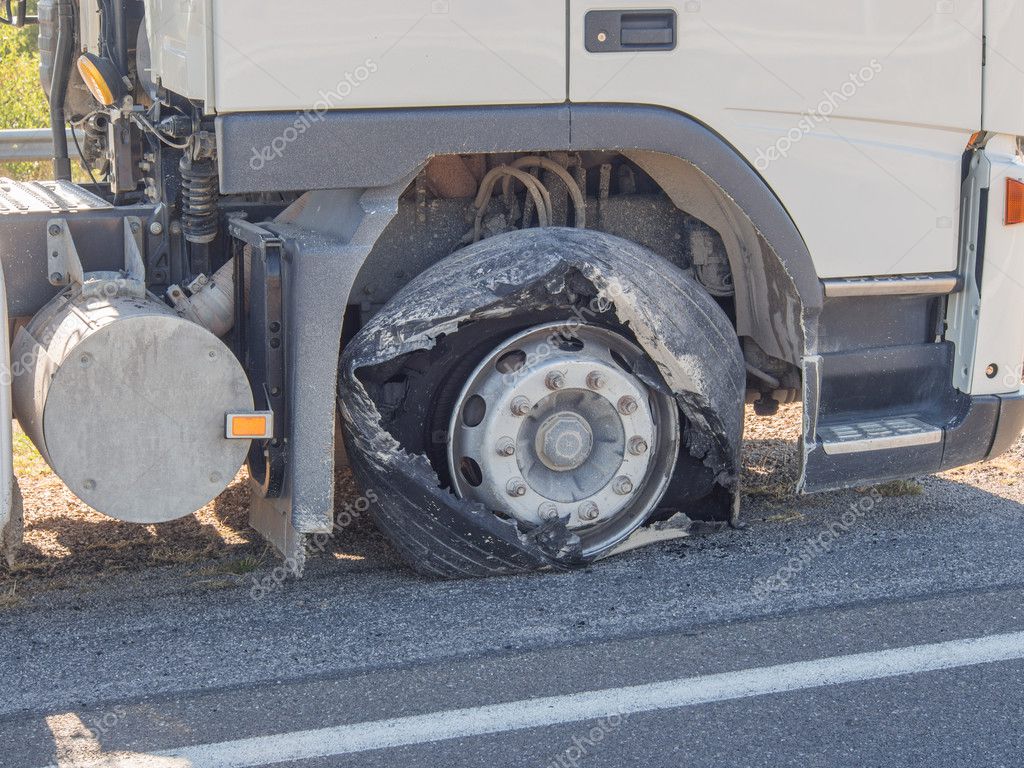
Similar to passenger car tires, truck tires also come in different sizes, depending on the type of truck. For trucks, you can categorize them into light-duty truck tires and commercial truck tires.

Besides passenger tires and truck tires, the tire market is also filled with various types of specialty tires. Such tires include RV tires, tractor tires, trailer tires, ATV tires, and farm equipment tires, among others.
Tires in this category weigh between 6 pounds to 250 pounds. Again, the weight will depend on the size of the tire, the type and application. For instance, a lawn more tire will weigh around 5.5 pounds while a tractor tire will come with a weight of approximately 253 pounds.
Farm tires and tractor tires weigh between 200 pounds to 400 pounds while ATV tires typically weigh approximately 35 pounds to 70 lbs. Most of the golf car tires on the market weigh around 10 pounds while a standard motorcycle tire will weigh around 30 lbs.
Monster truck tires are the heaviest in the market. These tires are specifically built for heavy-duty hauling and towing. Hence, they should be sturdy enough to handle extreme loads without blowing.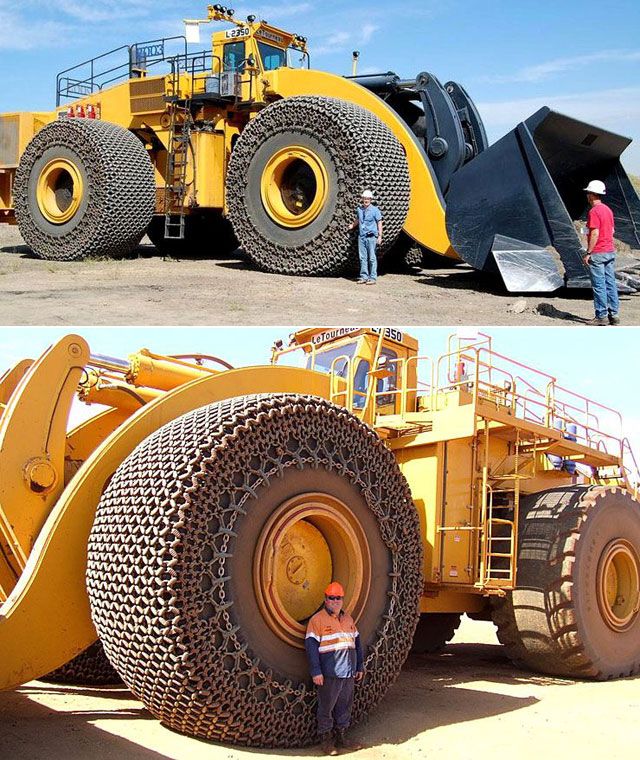
Most of the tires in this category measure approximately 43 inches wide and up to 66 inches high. Hence, you will have a tire that is approximately 4 feet wide and 6 feet high, thus the name.
So, how much do monster truck tires weigh? On average, these tires weigh around 800 pounds to 900 pounds. As you can see, there’s quite a significant difference in weight between these tires and ordinary truck tires.
A tire’s weight will depend on the tire you have on your vehicle. If you drive a passenger car, then the tires on your vehicle will be lighter than someone who drives a heavy-duty truck.
On the same note, if your vehicle has a set of mud terrain tires, they will be heavier than someone whose vehicle has performance tires, as much as the two tires may be of the same size.
On average, most of the tires on the market weigh between 20 pounds to 300 pounds. Specialty tires such as those used in monster trucks can weigh up to 900 pounds. But, their market share is considerably small.
It’s not easy to change a tire, mainly because of the weight. Tires can be very heavy, but what is the average weight? How much do tires weigh, and what factors affect how heavy they are?
In this guide, we evaluate the different tire weights. We also talk about what affects the weight. While every tire might be slightly different, this article gives you a better idea of where the weight might fall.
The average passenger car tire weighs between 15 and 25 pounds. However, the tire’s weight depends a lot on the type and size. A smaller passenger tire might only weigh 15 pounds (6,8 kg), while a larger truck tire can weigh up to 80 pounds (36 kg) or more.
These weights are just for the tire alone, without factoring in the additional pounds that the rim adds.
Factors Affecting Tire Weight1. SizeThe biggest weight factor is the size of the tire.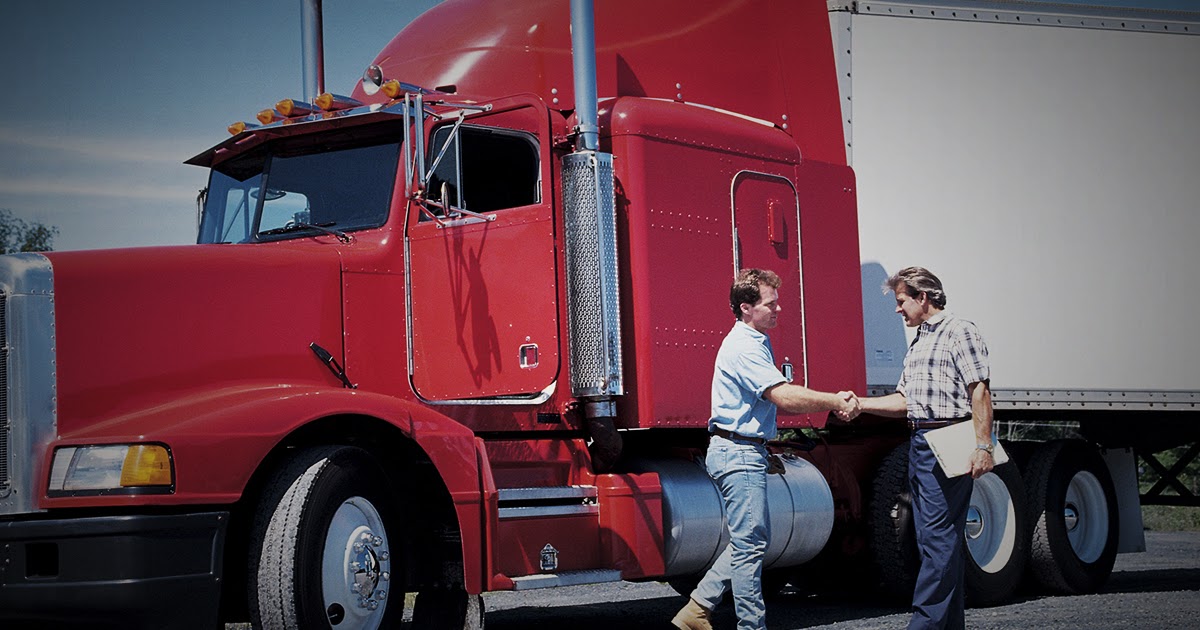 There are multiple facets of the tire size. First, you must look at the diameter. The diameter affects the volume, which translates to weight. It also shows how much material needs to be used, which makes it heavier.
There are multiple facets of the tire size. First, you must look at the diameter. The diameter affects the volume, which translates to weight. It also shows how much material needs to be used, which makes it heavier.
You must also compare the width of the tire. The wider the tire is, the more material is used and the more air pressure it holds, so the higher the weight is.
RELATED: How To Read Tire Size – Tire Sizes Explained
2. TypeThe tire type also affects its overall weight. The compact passenger tire is going to naturally weigh less than the large tire size.
It’s easy to see how tires stack up by weight when compared to one another. In most cases, the smaller the tire is, the less it should weigh.
3. ApplicationThe standard passenger tire comes with a belt system, casing and tread. All of these components will be found across the tire industry. However, certain tires meant for additional purposes can have other features that add to the weight.
As an example, the mud or all-terrain tire has chunky blocks in the tread, which is very different from the regular passenger tire. While these tires could be the same size, the all-terrain tires could be heavier in nature.
Additionally, the premium tire might weigh more overall. It can contain extra layers of rubber compared to the budget-minded tire. While the durability is higher, so is the price.
RELATED: How Much Does a Car Weigh? (Average Weight by Car Type)
Tire Weights by Type1. Passenger CarIt’s difficult to put all passenger car tires into one category because there are so many of them. This category can cover everything from 13- to 20-inches.
The majority of passenger car tires measures between 15 and 25 pounds. The smaller the tire is, the less you can expect it to weigh. It also depends on what level of performance the tire provides, with luxury or performance-focused tires having more material included, adding to the weight.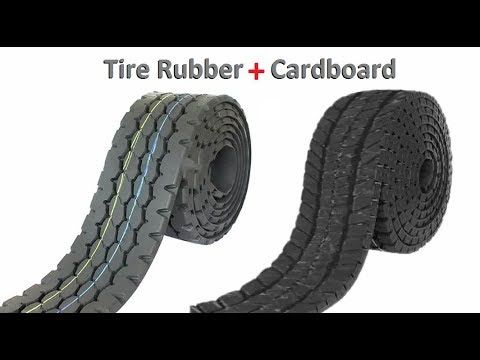
RELATED: How Much Does A Car Engine Weigh? (Small or Large Engines)
2. Truck/SUVThe truck or SUV tire is going to come in a variety of sizes, just like the passenger car tire. When it comes to the light-duty truck tire, it needs to provide support for regular hauling and towing. However, these same tires are used on comparable SUV models. That’s why most of the tires are between 17- and 24-inches.
On average, you can expect a truck or SUV tire to weigh 45 to 100 pounds, although there are some that weigh more or less.
3. Commercial TruckClearly, the commercial truck tire is going to be much heavier than the average pickup truck. They are larger and heavier than the average tire because of how much of a load is put on top of it. These tires must also provide the capability for hauling and towing.
On average, the commercial truck tire will weigh between 100 and 250 pounds. As with all the other types, there can be some that fall lighter or heavier in certain circumstances.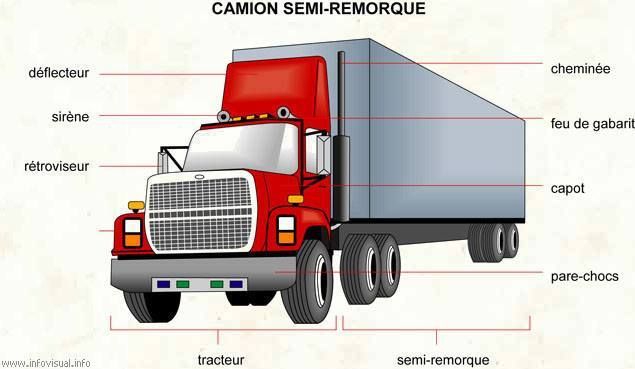
The monster trucks will be among the heaviest on the market. They are built with heavy-duty applications in mind. While they aren’t necessarily towing or hauling any loads, they need to be built, so the rubber doesn’t blow out.
The majority of monster truck tires measure up to 66 inches high and possibly to 43 inches wide. That means you get a tire that’s about 6 feet tall and 4 feet wide. It becomes clear why the tire is meant for monster trucks.
With a tire this big, you can only expect a massive amount of weight. Because these tires weigh between 600 and 900 pounds, it’s not easy to simply change them. It requires a lot of effort and the right equipment to get one of these tires off and a new one put on.
5. MotorcycleIf you think that a motorcycle tire is usually lighter than a passenger car tire, you would be right. It’s important for all motorcycles to keep the weight to a minimum, which is why lighter tires are used.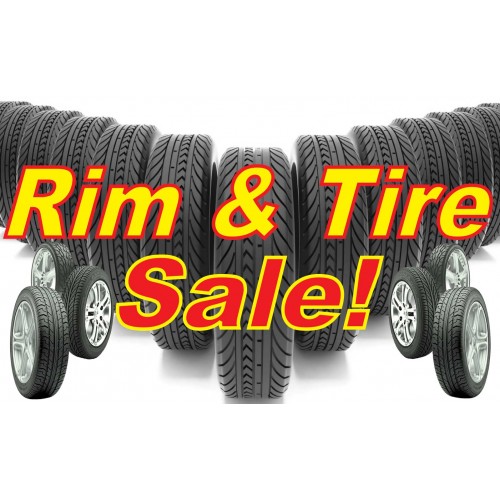
On average, the motorcycle tire might weigh between 8 and 30 pounds. Generally, the front tires usually weigh less than rear tires.
Unlike the car tires, where all four will likely weigh the same amount if they are the same brand, the two motorcycle tires can have different weights.
6. Golf CartThe golf cart tire helps you to traverse even smooth surfaces, such as what’s found on the golf course. For this reason, the tires don’t need to weigh a lot.
On average, you can expect golf car tires to weigh about 10 pounds. This could be a little more than what’s found on a lawnmower.
7. TrailerThe trailer tire needs to be able to hold whatever you are hauling. Depending on the size of the trailer, your tires could weigh around 10 pounds each.
Trailers can also hold a varying amount of tires. If the trailer contains two axles with dual-tire hubs, you would have a total of eight tires.
8. ATV
ATVAll-terrain vehicles have tires that can handle rough surfaces. For this reason, they are built to handle more obstacles and uneven terrain.
On average, the ATV tires will weigh between 20 and 40 pounds. The UTV will hold the same type of tires.
9. Farm/TractorThere is a wide variety of farm and tractor tires available, depending on what equipment you are using. These tires must be able to get across any type of surface, or the farmer might not be able to get to crops or accomplish the tough jobs that are ahead.
That’s why farm and tractor tires can have a variety of weight ratings. Some can weigh as low as 30 pounds, while others can weigh hundreds of pounds.
How much a big tire weighs depends entirely on how big the tire is. For example, large tractor tires can weigh 400 to 600 pounds each, which can give a total weight of all 4 tires of 2400 pounds.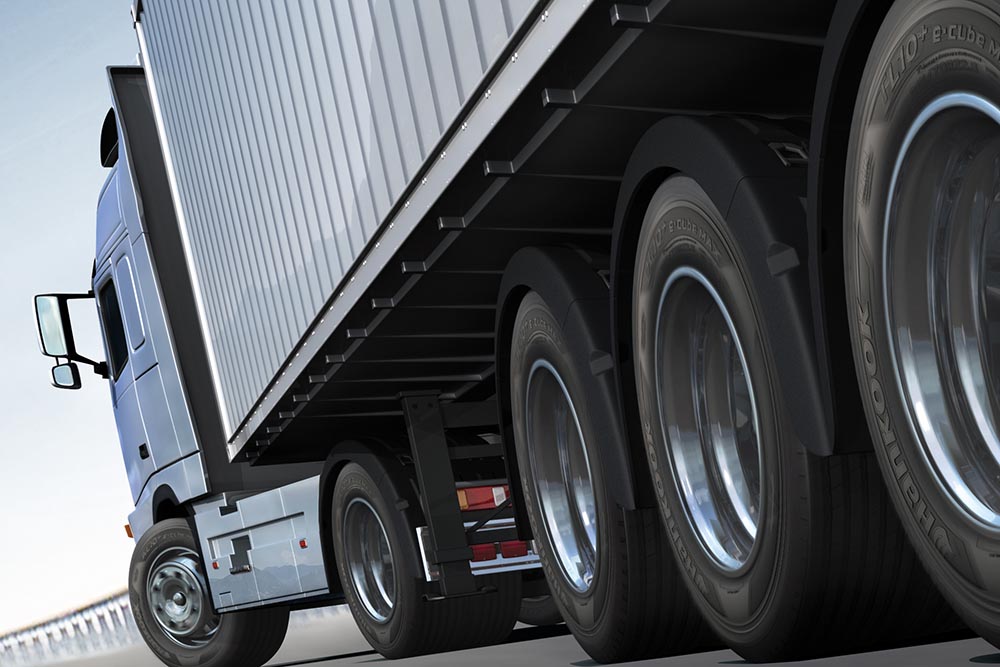 Large SUV tires for a car can weigh 100 pounds or more.
Large SUV tires for a car can weigh 100 pounds or more.
The best and most accurate way to figure out the weight of your tire is to either get the correct weight from the tire manufacturer or put it on a scale. If you find the product number on the tire, you can often find the weight information on the tire manufacturer’s website.
The weight difference between a tire filled with air or empty is only a few grams, so the difference is almost unmeasurable. Therefore, to find out how much a tire weighs with air, you need to find out how much it weighs without air.
The average rim weighs around 20 to 30 pounds, and the average tire is around 15 to 25 pounds. Therefore, you can expect a full wheel weight of 35 to 55 pounds. However, this depends on many factors such as rim material, tire size and much more.
Was this article helpful?
YesNo
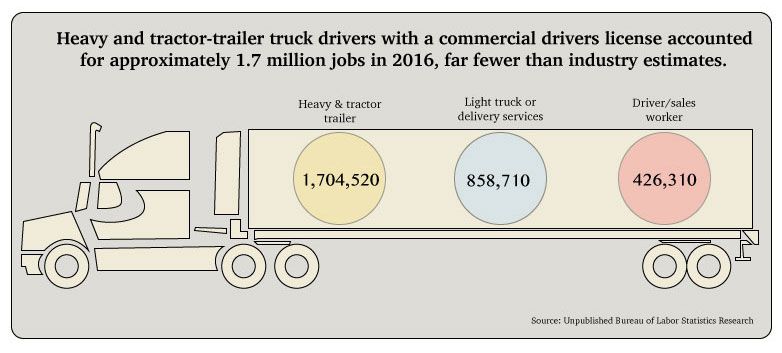 High-quality, properly selected tires provide a high level of safety for road users, help reduce fuel consumption, and extend the working period of suspension elements. Truck wheel tires are classified according to four main criteria: tread type, road conditions, design, axle for which it is intended.
High-quality, properly selected tires provide a high level of safety for road users, help reduce fuel consumption, and extend the working period of suspension elements. Truck wheel tires are classified according to four main criteria: tread type, road conditions, design, axle for which it is intended. The tread pattern is determined mainly by operating conditions. According to the type of tread pattern, the following truck tires are conditionally distinguished: road, trunk, off-road, regional, career.
These tires are designed for driving on paved flat roads. The grooves are shallow and narrow. This is a quiet and comfortable rubber that provides (when transporting goods on asphalt) rational fuel consumption, stability, good speed and effective braking. Such tires are well suited for long-distance vehicles used for intercity and international transportation, but completely lose their advantages in off-road conditions.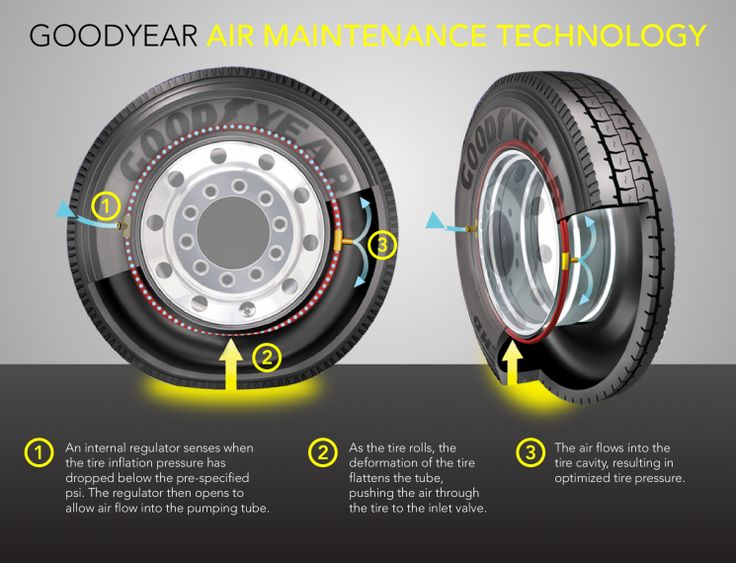 On bad roads, road tires wear out quickly and provide poor flotation.
On bad roads, road tires wear out quickly and provide poor flotation.
Provide good stability, controllability of machinery, rational fuel consumption. They have a high layering index. They are mainly used for installation on heavy-duty dump trucks and trucks.
They are distinguished by developed lugs, the width of which should correspond to the grooves in the tread. Only in this case, the lugs will effectively protect the rubber from clogging with dirt and ensure the movement of a heavy machine on impassable roads, sand, and snow. Is it possible to operate off-road tires on asphalt? Can. However, in this case, fuel consumption will increase by 1.15-1.4 times, and the speed limit will be 70 km / h (it is not safe to drive faster). Noise level is high, ride comfort is low. Such tires are mainly installed on special equipment and military equipment.
This rubber consists of a central part with a road pattern and lugs located at the edges. It is installed on trucks designed for traveling on asphalt and light off-road. Regional models are commonly used for most construction equipment.
It is installed on trucks designed for traveling on asphalt and light off-road. Regional models are commonly used for most construction equipment.
Such rubber, whose herringbone pattern is similar to the tread pattern of agricultural machinery, is designed for installation on mining dump trucks and other special equipment. The career tread is characterized by large protrusions and the presence of lugs. Quarry tires are effective for use in the most difficult road conditions.
Depending on the axle for which the rubber is intended, tires are divided into several classes:

According to the design, truck tires are divided into diagonal and radial.
The frame of such products consists of rubberized cords, the edges of which wrap around the ring rods. For passenger cars, this design is considered obsolete, but for trucks, these tires are still used due to their relatively low cost, maintainability, resistance to cuts and punctures, and mitigation of loads when traveling on bad roads. Their big disadvantage is the compression of the tread under high loads.
Their big disadvantage is the compression of the tread under high loads.
Bias tires are divided into tubed and tubeless. The first appeared a long time ago. They are less functional due to low puncture resistance. Visually, tubeless products differ little from chamber products. If such a model is pierced with a thin object, then the inner rubber layer 2-3 mm thick prevents the rapid outflow of air. Other advantages: lighter weight, maintainability (a small hole can be easily sealed with sealing material), low heating in transit, slow wear. The downside is the difficulty of repairing significant damage.
The cords in this rubber run from one side to the other without intersecting. Radial tires are superior to diagonal tires in terms of strength, thermal conductivity, resistance to cracking, and the magnitude of loads. These products provide good traction with the roadway, which leads to increased safety due to the good handling and stability of the vehicle. Disadvantages: Complicated design and therefore higher price compared to diagonal tires, vulnerability to damage in poor road conditions.
While most truck owners prefer to fit all season tires, summer and winter truck tires also exist.
The main difference between these tires from each other is the rubber composition (harder structure for summer tires, softer for winter tires) and tread pattern.
Summer truck tire
Winter truck tire
All season truck tire
0003
Load index (aka load capacity or bearing capacity index) - this is the name of the maximum allowable weight, under the pressure of which the tire is able to function normally. This indicator is especially important for owners of trucks, since the weight of their cars is constantly changing and can reach huge values.
To increase the load index, tire manufacturers are using stronger materials and reinforcing the roll. Rubber becomes more stable, but its rigidity inevitably increases. This means that the higher the load index, the less comfortable the ride will be. Hard rubber not only absorbs worse, but also creates a rumble while driving. The only way to make driving a car more comfortable is to take tires with a lower load index. In this case, the owner will no longer be able to transport the previous amount of cargo, but the car will move more smoothly, and the pressure on the suspension will decrease.
Rubber becomes more stable, but its rigidity inevitably increases. This means that the higher the load index, the less comfortable the ride will be. Hard rubber not only absorbs worse, but also creates a rumble while driving. The only way to make driving a car more comfortable is to take tires with a lower load index. In this case, the owner will no longer be able to transport the previous amount of cargo, but the car will move more smoothly, and the pressure on the suspension will decrease.
In order to avoid confusion, global tire manufacturers use a single index table in the manufacture of tires. The smallest load index among the existing ones is 0. It corresponds to an indicator of 45 kilograms. This means that a tire with this index is able to withstand loads up to 45 kilograms. The maximum index is 230 with a corresponding figure of 33,500 kilograms.
These figures represent optimal values, not limit values. For example, if the load index of a tire corresponds to five hundred kilograms, then this does not mean that with a load of 600 kg the tire will be torn apart.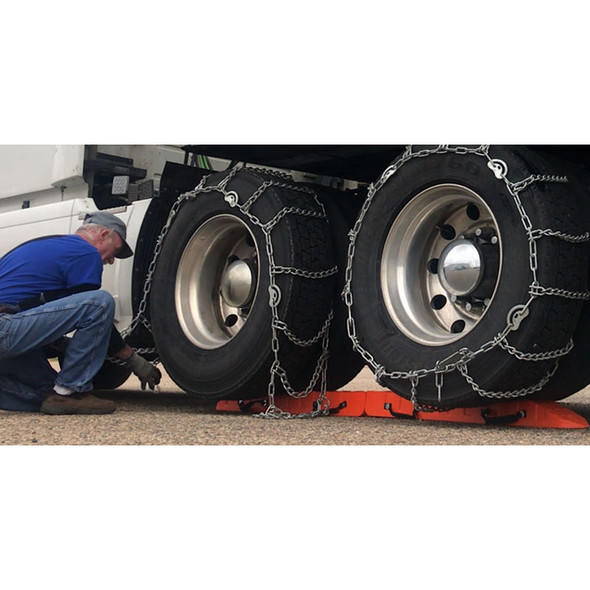 From time to time it is permissible to exceed the recommended load by twenty to thirty percent. But when buying tires, you should focus on the recommended value, which, along with the speed index, is indicated in the technical documents of any car.
From time to time it is permissible to exceed the recommended load by twenty to thirty percent. But when buying tires, you should focus on the recommended value, which, along with the speed index, is indicated in the technical documents of any car.
The load index is not the only indicator by which one can judge the bearing capacity of a tire. There is also the concept of ply rating or PR (from the English “ply rating”). The higher this figure, the greater the load the tire can withstand. For example, for passenger cars, the ply rate is in the range from 4 to 6 PR, and tires with a PR value of 6-8 are usually installed on minibuses or small trucks. For large-sized vehicles, like agricultural machinery, tires marked "Reinforced" (literally - "reinforced") or XL are used. This tire has the maximum ply and is able to withstand the heaviest loads. An alternative option is the sign "C", that is, "commercial". It is put on tires for vehicles with a large load capacity.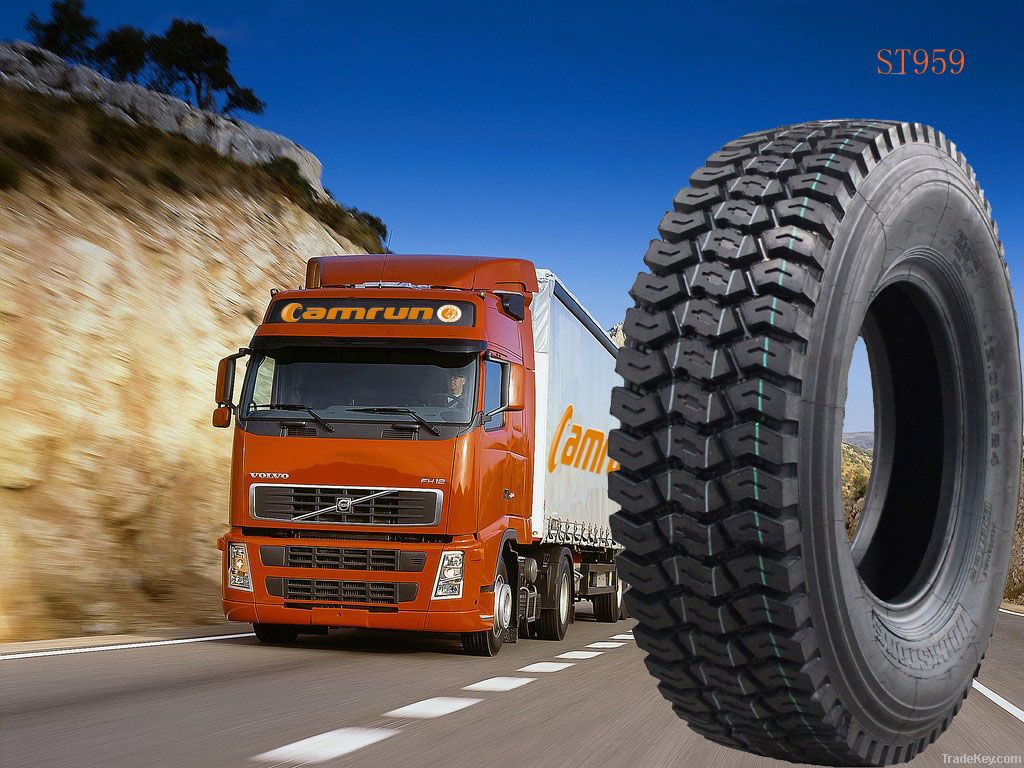
And yet, the ply rate, as an indicator of the optimal load, is imperfect. Tires of different sizes with the same ply rating are able to withstand completely different loads, so ply rating is not an independent indicator. Today, tire manufacturers use it less and less and indicate the load-bearing capacity on the sidewall.
Sometimes, in addition to the load index, the manufacturer indicates the maximum permissible load in kilograms. To recognize it, you need to find the inscription “max. load" followed by a number.
It is important to note that the limit load rating is always per tire. To calculate the coefficient for a car, you need to multiply the value by four.
The bearing capacity coefficient is related to the speed index discussed at the beginning. For example, the 80R marking means that the recommended speed for the tire is 170 km / h, and the maximum load is 450 kilograms. But after all, the load on the tire is directly proportional to the speed: the faster the car moves, the higher the load on the tire. To avoid confusion, on each tire, manufacturers indicate the load factor for the maximum allowable speed. In the example above, a load of up to 450 kilograms would be allowed at a speed of 170 km/h. If you go slower, then you can take more cargo. The reverse is also true: if the pressure on the wheels is reduced, the recommended speed limit can be exceeded. There is a formula: five percent weight reduction allows you to increase the maximum speed by 10 kilometers per hour.
To avoid confusion, on each tire, manufacturers indicate the load factor for the maximum allowable speed. In the example above, a load of up to 450 kilograms would be allowed at a speed of 170 km/h. If you go slower, then you can take more cargo. The reverse is also true: if the pressure on the wheels is reduced, the recommended speed limit can be exceeded. There is a formula: five percent weight reduction allows you to increase the maximum speed by 10 kilometers per hour.
All technical information about the tire is printed on its sidewalls. The name of the manufacturer, model, type of cord, country of manufacture and other data are noted there. Among other information, there is always a block of information on the sidewall, which is called the standard size. Let's take size 185/75R14 82S as an example. Here 185 is the width of the tire in millimeters, 75 is the height in millimeters, R is the type of tire (in this case, radial, but can also be diagonal and denoted by the letter D or diagonally belted and denoted by the letter B), 14 is the rim diameter in inches, 82 - load index (475 kilograms), S - speed index (180 km / h).